Picture this: you’re rushing around getting ready for work, checking emails, and grabbing your coffee, while your faithful companion is curled up in their favorite sunny spot, completely oblivious to your morning chaos. Sound familiar? If you’ve ever wondered why your dog seems to have mastered the art of relaxation better than most humans, you’re about to discover the fascinating world of canine sleep patterns. Trust me, there’s so much more happening during those peaceful napping sessions than you might think.
The Science Behind Your Pup’s Sleep Marathon
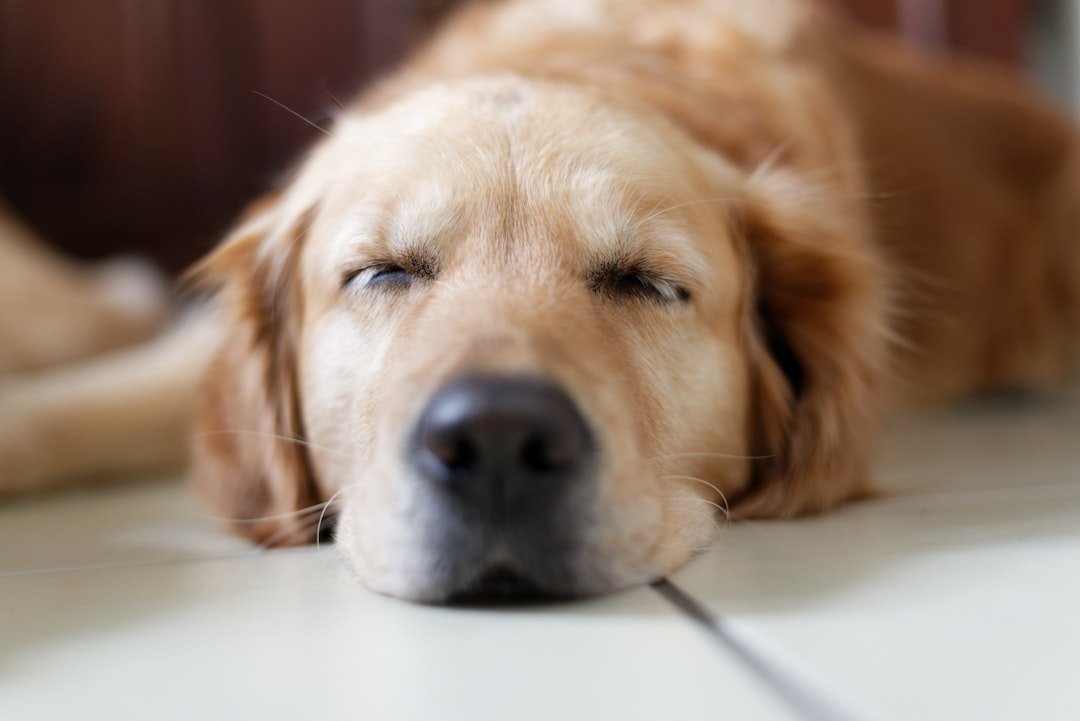
Dogs sleep 12 to 14 hours per day on average, with roughly 75% of their sleep occurring during the night while the remainder happens during the day. That might sound like a lot compared to our human seven to eight hours, but there’s a perfectly logical explanation.
Dogs spend about 25% of their snoozing time in REM, though their irregular sleep patterns mean they experience shorter REM cycles. Since they tend to doze off whenever they want, often out of boredom, they also wake up quickly and jump to alertness. As a result, dogs require more total sleep to compensate for their lost REM. Think of it like trying to watch a movie with constant interruptions – you’d need more time to get the full experience.
Age Makes All the Difference in Dreamland
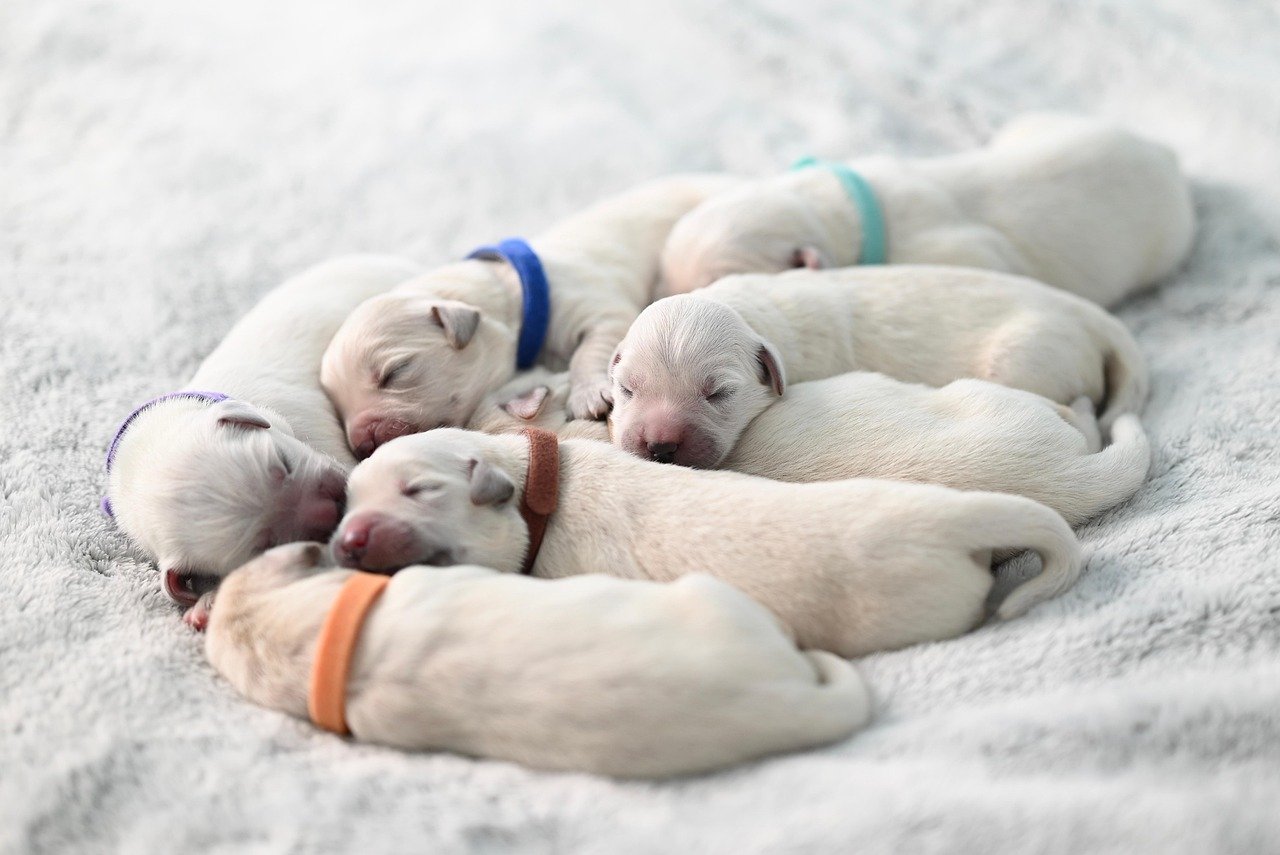
Just like human babies and toddlers, puppies can sleep up to 18-20 hours per day during critical growth cycles, as a great deal of brain and body development happens while pups are at rest. It’s absolutely normal to see your puppy playing intensely for thirty minutes, then crashing for hours.
On the flip side, senior dogs also need a surprising amount of shuteye, as the changes that occur with aging – from aches and pains to decreased vision and hearing – can result in older dogs preferring to spend their days resting. Adult dogs typically fall somewhere in the middle, needing eight to 14 hours of sleep per day to be their happiest, healthiest selves.
Size and Breed: The Sleep Personality Connection
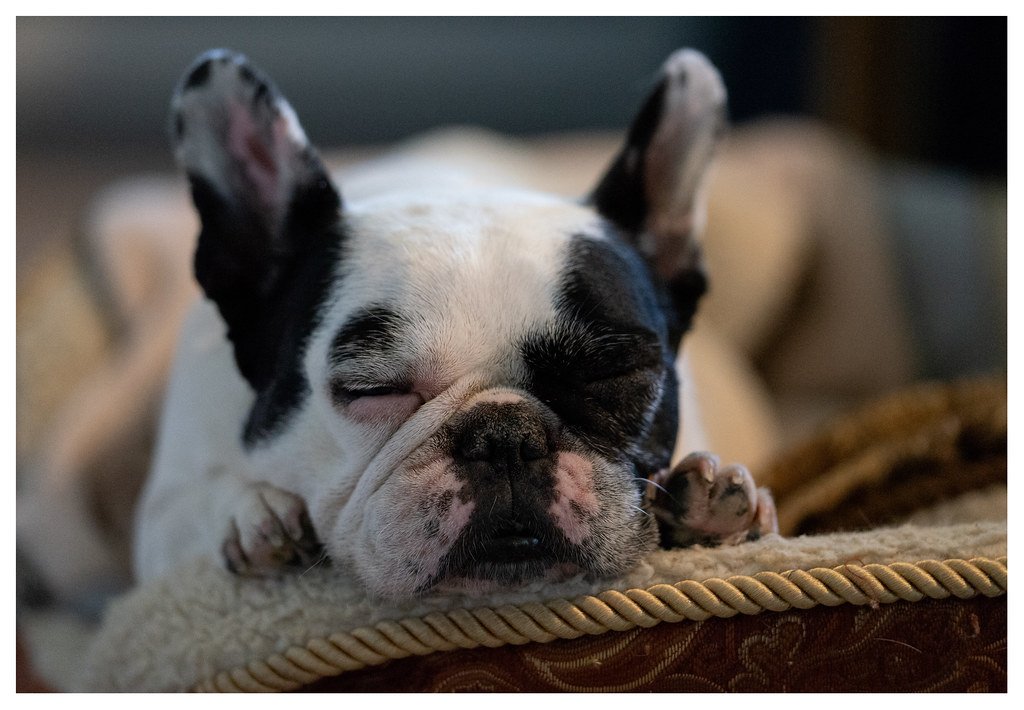
Large dog breeds like mastiffs and Great Danes sleep more than their smaller counterparts. Giant breeds may need up to 16 hours of shut-eye per day, while toy or small dogs need 14 to 16 hours and medium-sized pups need just 10 to 14 hours. It’s like having different energy tanks – the bigger the dog, the more time they need to recharge.
Working dogs must stay awake for physical and mental tasks like protecting property, pulling sleds, and doing water rescues. Dogs who aren’t bred for a certain task will lie around most of the day, with snoozing at the top of the agenda. Your Border Collie might be more restless than your Bulldog, and that’s completely natural.
The Dream World: What’s Really Happening
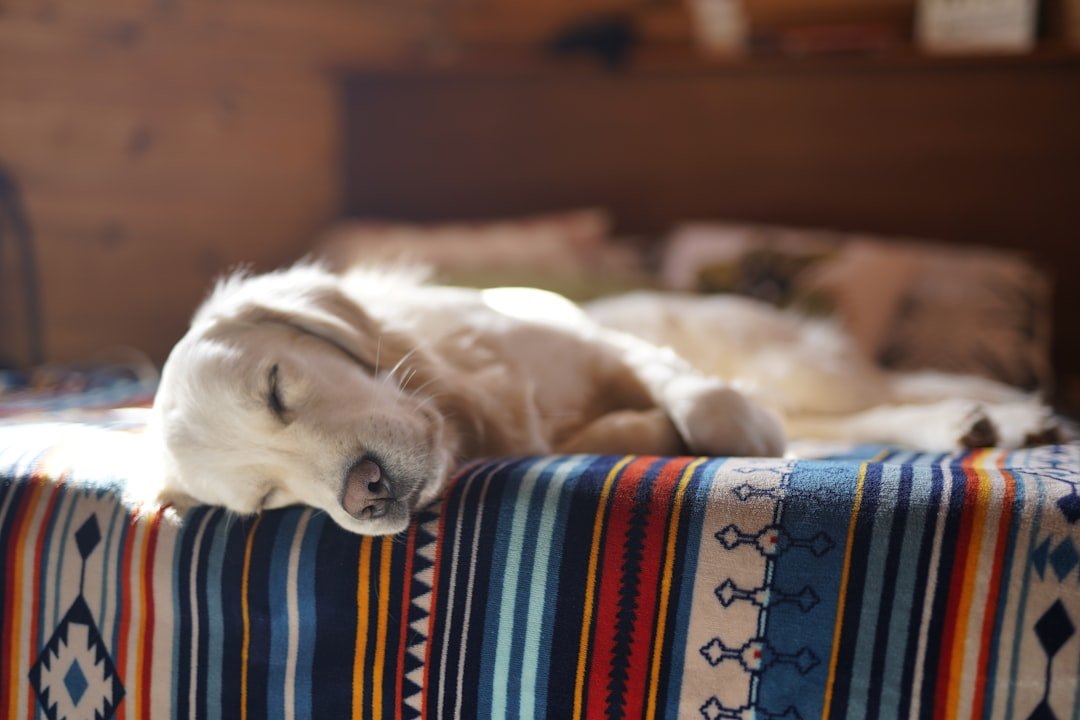
The pattern of electrical activity during REM sleep in dogs is similar to humans, making it likely that dogs dream during REM sleep. Dogs have shorter sleep cycles than humans, with REM periods occurring in shorter bursts throughout their sleep when most dreaming occurs.
Those adorable twitching paws and muffled barks you see? Over 80% of dog owners reported witnessing their pets exhibiting signs of dreaming during sleep, with the most common behaviors including twitching, whimpering, and muffled barking, providing concrete evidence that these behaviors are linked to the same brain activity patterns that characterize dreaming in humans.
Sleep Positions Tell a Story

Ever notice how your dog has favorite sleeping positions? Dogs sleeping on their sides with limbs extended and bellies partly exposed generally indicates they feel calm and content. They’re likely sleeping deeply, and you might even see dreamy paw twitches.
The curled-up “donut” position is different entirely. Dogs who sleep in this position try to conserve body heat and reduce stress, which is prevalent during colder months. Meanwhile, dogs who sleep on their back with their belly in the air are trying to keep cool and showing they fully trust you and their environment, as they’re exposing their vital organs.
Environmental Factors That Matter
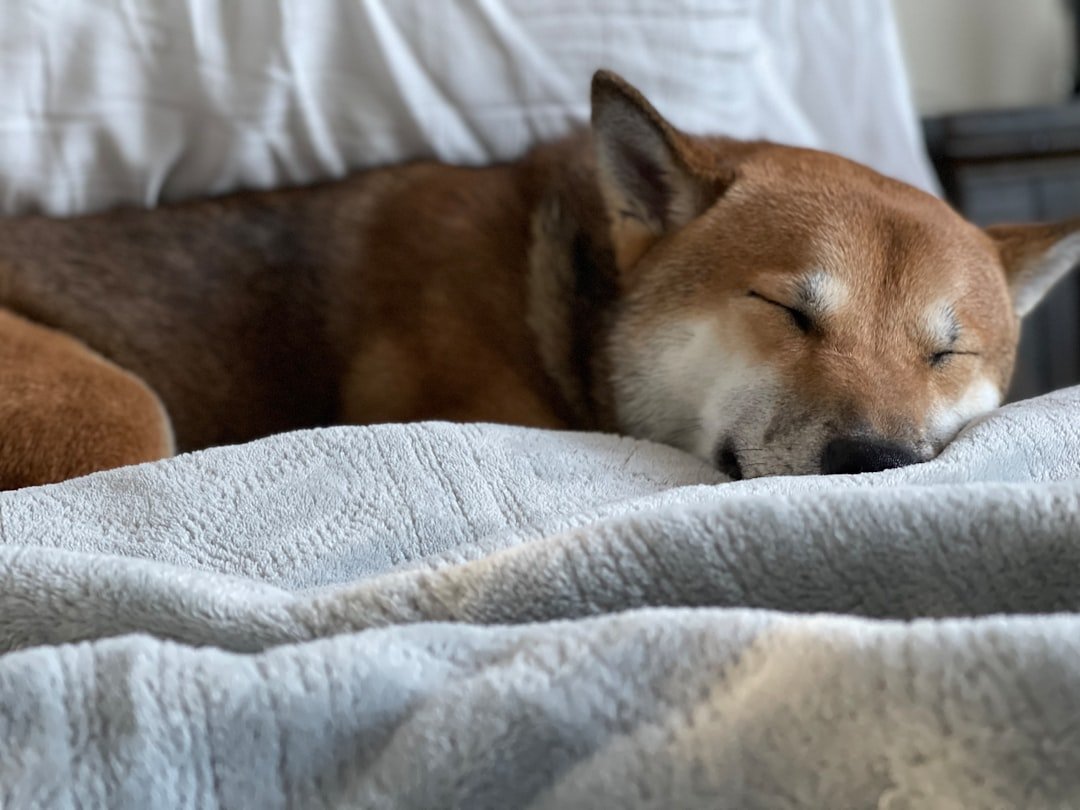
A study of shelter dogs who slept less during the day due to the hustle and bustle found that they slept more deeply at night. However, dogs who sleep more during the day are more relaxed and appear happier. This shows how much environment affects sleep quality.
Temperature plays a huge role too. Weather can factor into your dog’s sleeping position – if it’s a hot day and you notice your pup sprawling on cool tile, they’re trying to cool down. Your dog is basically their own personal thermostat, adjusting position based on comfort needs.
When Sleep Patterns Signal Health Concerns
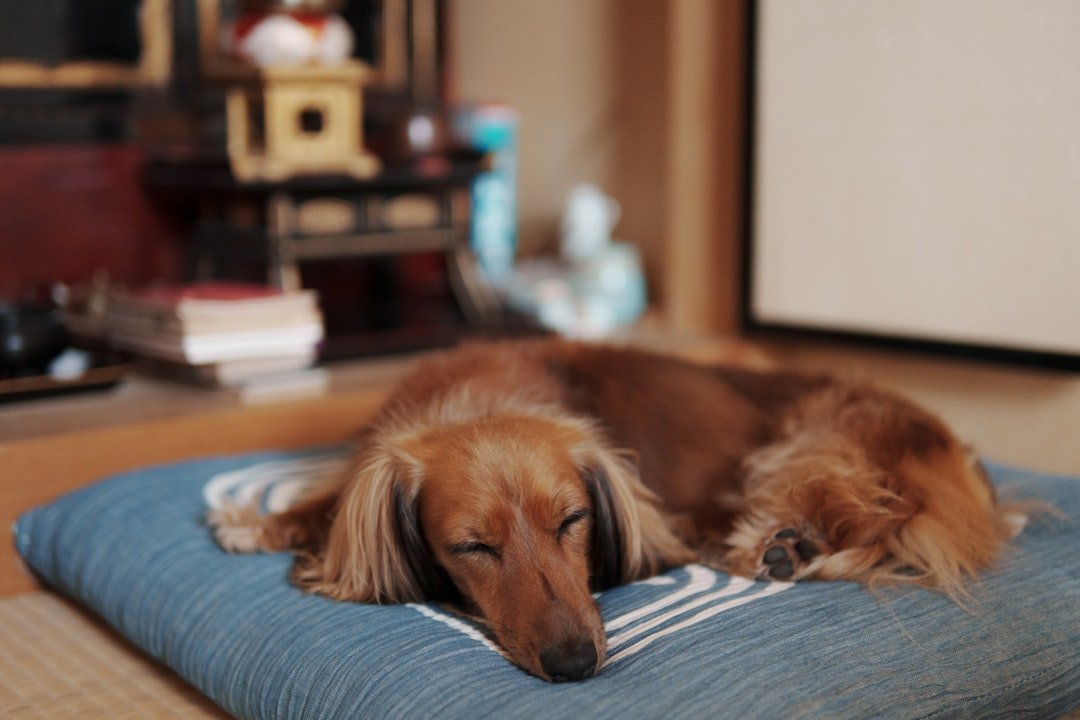
Changes to your dog’s sleep patterns are worth investigating, as a dog who sleeps too much might be facing undiagnosed health issues like parasites, thyroid problems, heart disease, or pain. It’s like having a friend who suddenly becomes unusually quiet – something might be wrong.
Excessive sleep can signal conditions such as canine depression, diabetes, hypothyroidism, and possible loss of hearing. Don’t panic if your dog has one lazy day, but consistent dramatic changes deserve a vet visit. If your pup habitually elevates its head on furniture, it could be a sign of discomfort or even potential health problems, especially if you’re worried about breathing issues.
Creating the Perfect Sleep Environment
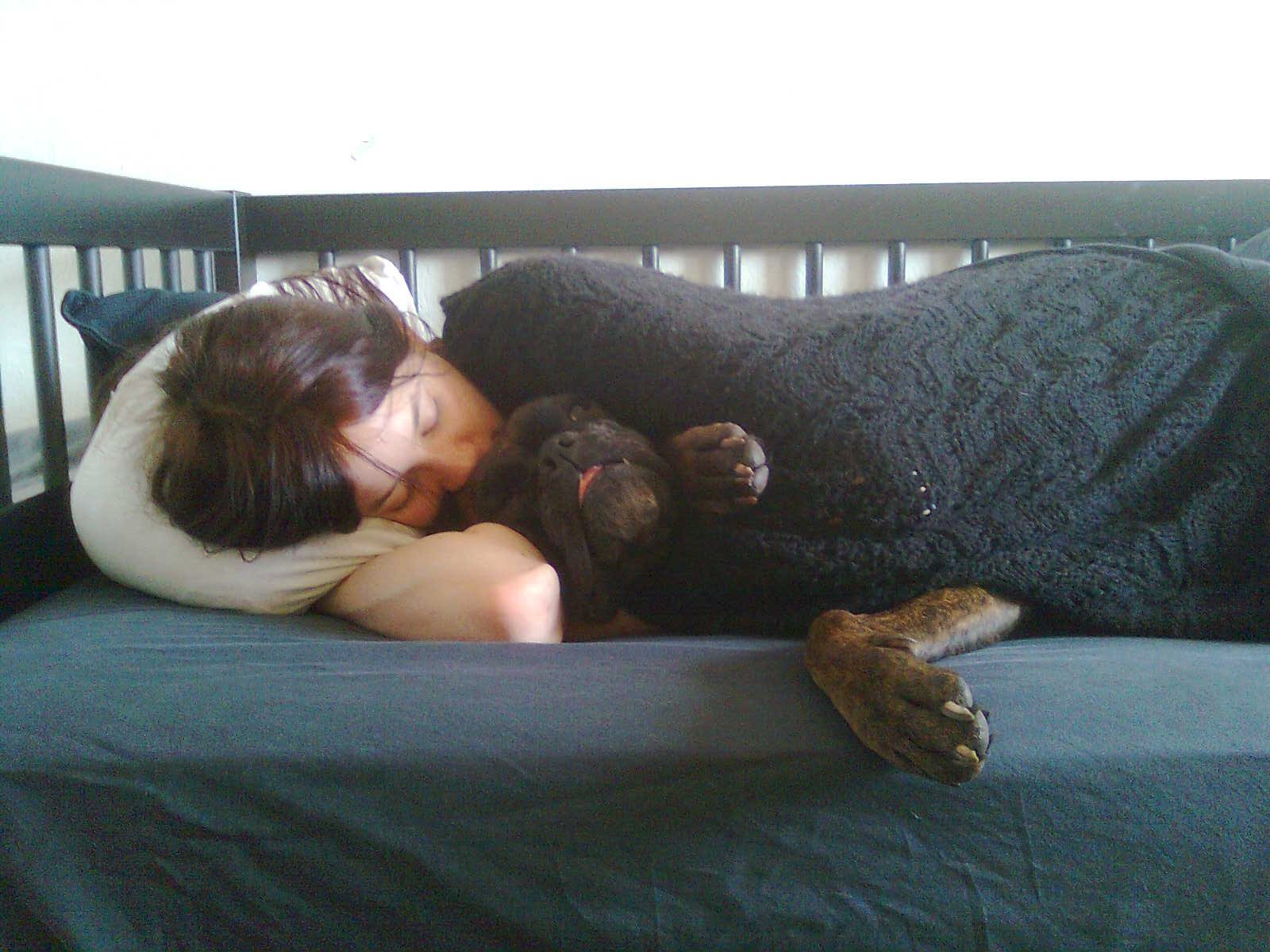
Your dog deserves quality sleep just like you do. Whether you use a crate or transition to a dog bed, it’s important that where they sleep offers both comfort and support. Older dogs or those with joint problems may require a more supportive bed.
Many people let their dog sleep with them, but this can disrupt both human and canine sleep patterns. These disruptions occur even when owners are unaware of them. Sometimes love means giving your pup their own cozy space to get the deep rest they need.
Conclusion

Understanding why dogs sleep so much isn’t just about satisfying curiosity – it’s about being the best pet parent possible. From puppies building their growing brains to senior dogs managing age-related changes, sleep serves crucial functions in your dog’s life. Those marathon napping sessions aren’t signs of laziness; they’re essential for processing memories, physical recovery, and emotional well-being.
Next time you see your furry friend sprawled out in that hilarious position that looks impossibly uncomfortable, remember they’re doing exactly what their body needs. They’re dreaming, healing, and preparing for another day of tail wags and slobbery kisses.
What sleeping position does your dog favor most – are you learning something new about their personality?
Jen is a passionate nature lover and ocean conservationist. She has dedicated her life to protecting the environment and preserving the beauty of the natural world. Growing up in a small coastal town, Jen sincerely appreciated the ocean and its inhabitants. She has spent countless hours exploring the shoreline, learning about the creatures that inhabit the waters, and advocating for their protection. Jen is an active member of ocean conservation organizations, and she is committed to educating the public about the importance of conserving wildlife and the natural environment.





